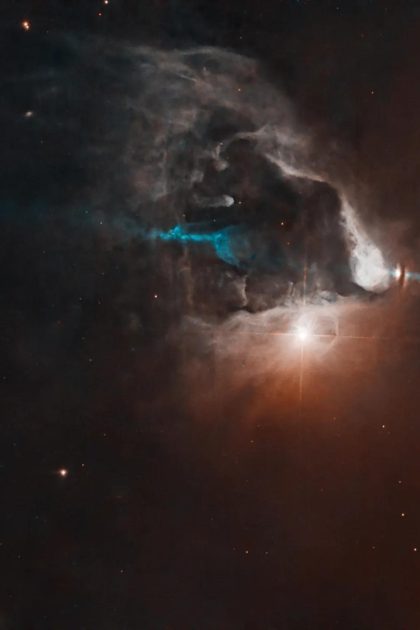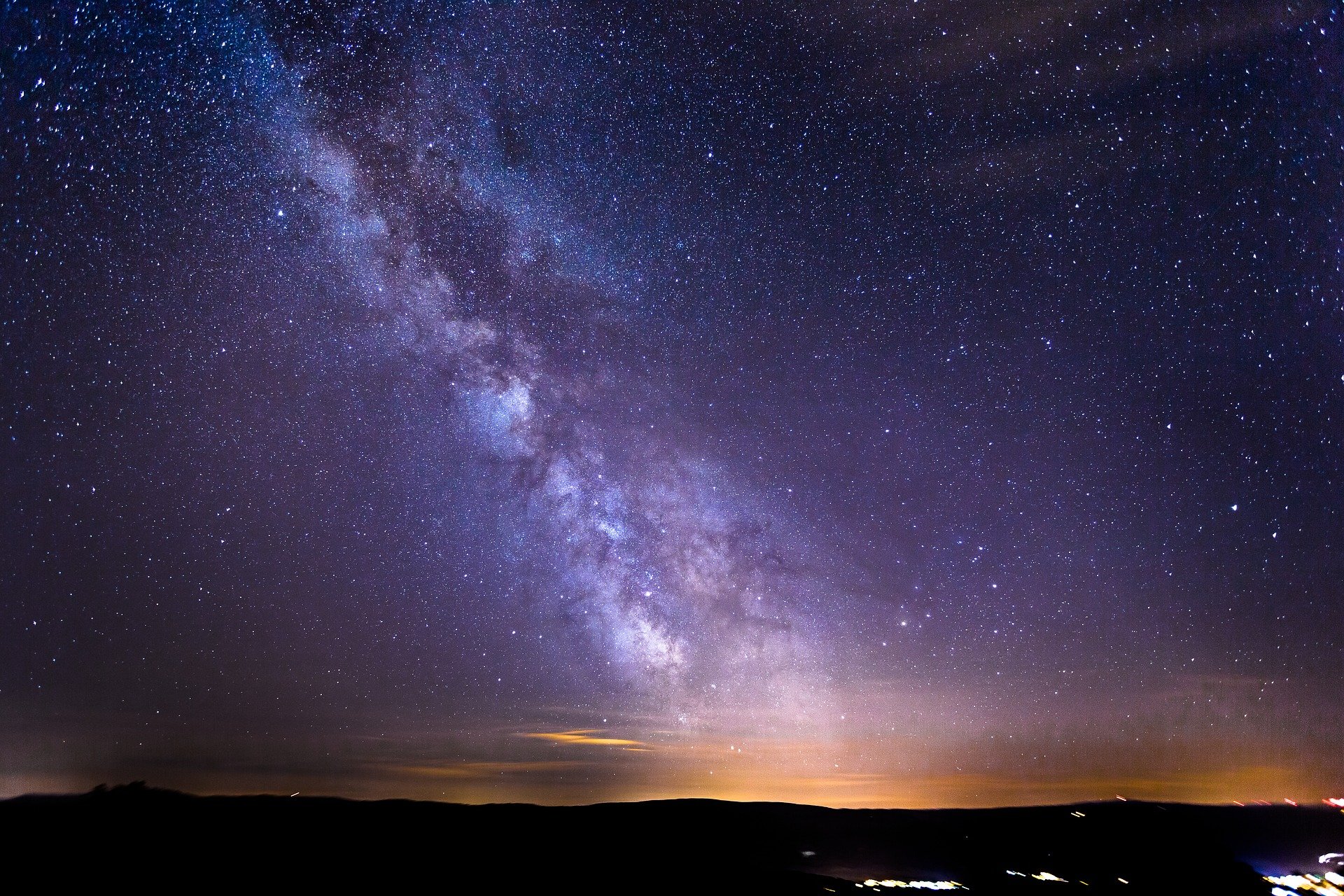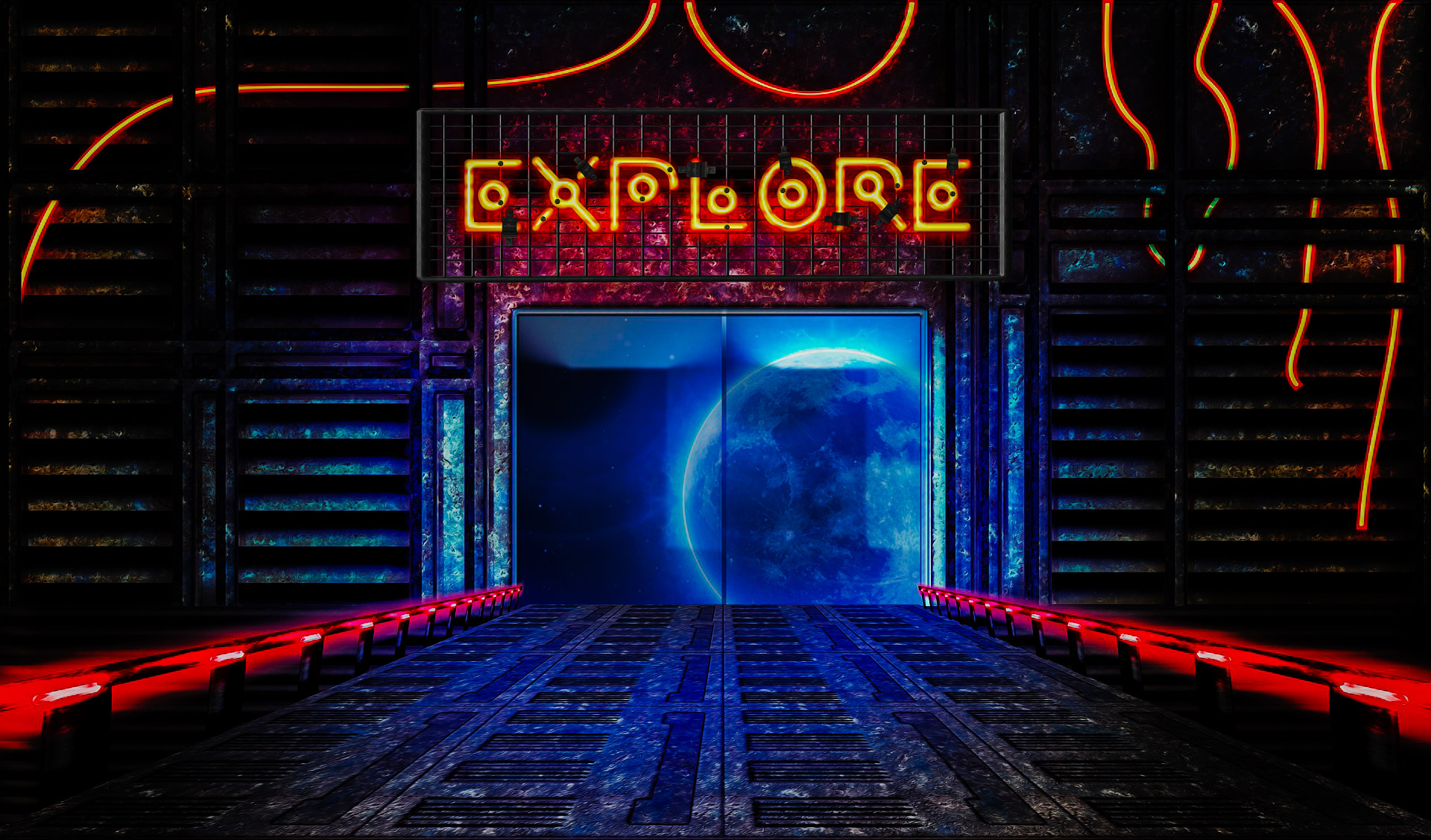NASA’s Hubble Telescope Images a Violently Birthing Star
It’s a matter of star birth. NASA’s Hubble Space Telescope has captured an image of a birthing star, sending out violent jets of energy against the backdrop of a glowing nebula.
This star, named FS Tau, is part of a larger system with two main stars, FS Tau A and FS Tau B (also known as Haro 6-5B). FS Tau A is itself a T Tauri binary system, consisting of two stars orbiting each other.

FS Tau B is a newly forming star, or protostar, surrounded by a protoplanetary disk, a pancake-shaped collection of dust and gas leftover from the formation of the star that will eventually coalesce into planets. The thick dust lane, seen nearly edge-on, separates what are thought to be the illuminated surfaces of the flared disk.
These stars are surrounded by gas and dust, making them shine brightly in the vastness of space. The system is only about 2.8 million years old, very young for a star system compared to our Sun, which is about 4.6 billion years old.
Protostars are known to eject fast-moving, column-like streams of energized material called jets, and FS Tau B provides a concise example of this phenomenon. The protostar is shooting out a jet of material in a lopsided way, with one side looking different from the other. This might happen because the protostar is pushing out material unevenly.
FS Tau B is also classified as a Herbig-Haro object. These objects form when jets of ionized gas ejected by a young star collide with nearby clouds of gas and dust at high speeds, creating bright patches of nebulosity.
FS Tau is located in a region called Taurus-Auriga, where lots of young stars are being born. According to NASA, this area is about 450 light-years away in the Taurus and Auriga constellations. Astronomers are interested in studying it because it is active with star formation.


